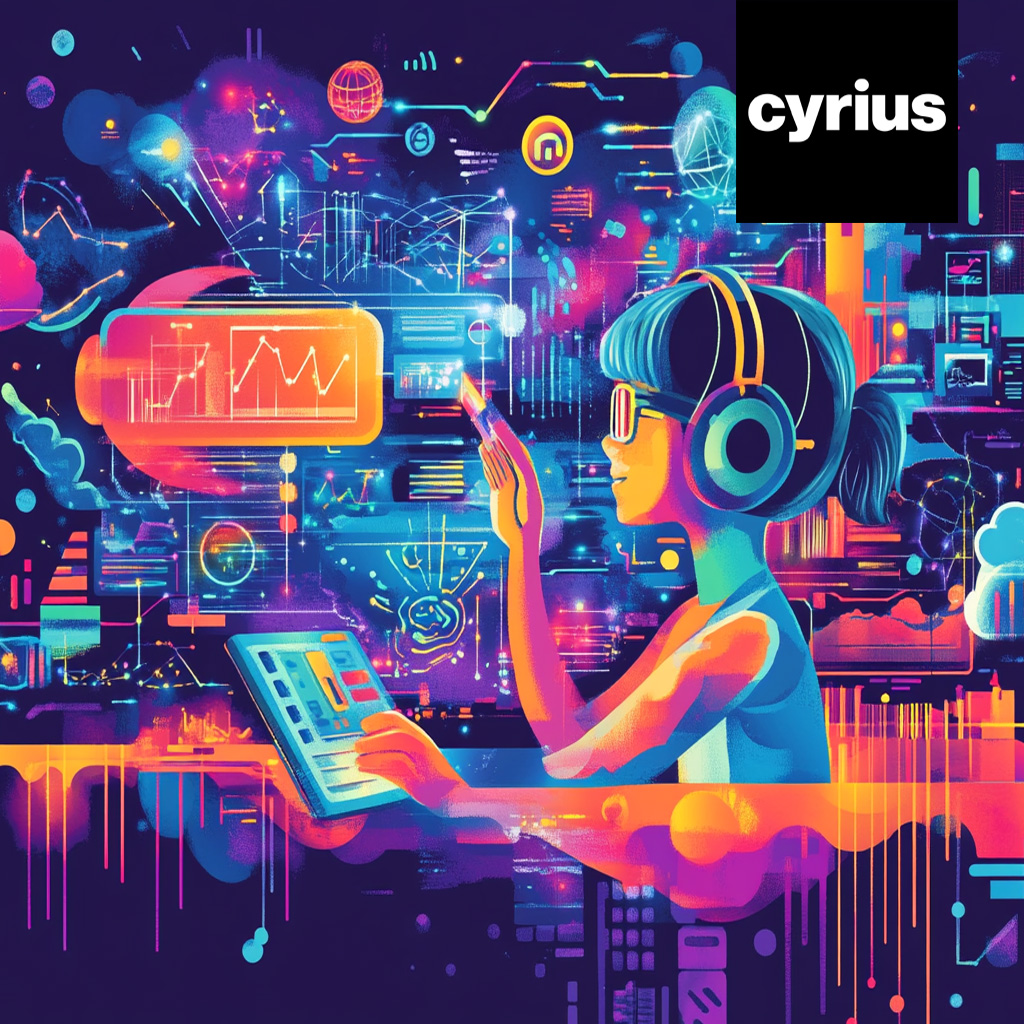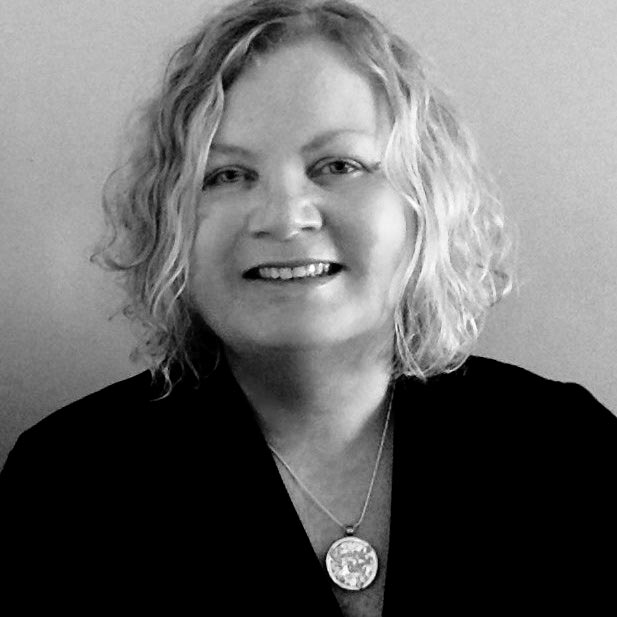Sign up to our e-newsletter for industry updates, resources, advice, freebies and more!

Nearly three years have passed since my boss Stefan came into our Monday morning meeting, buzzing with excitement about AI tools he’d come across. I have to admit, my first reaction was… caution. He talked passionately about AI’s potential to help us with content, strategy, and creativity, but I wasn’t so sure.
As someone deeply invested in the creative industry and creative people, I had reservations. Could AI really complement creativity, or would it end up diluting what makes our work human and original? And I couldn’t help but wonder: how “smart” would these AI tools become—and what would that mean for the control we have over our own creative ideas?
At first, it felt strange, almost unnatural, to ask an AI for help with writing content, drafting emails, or even brainstorming ideas. But as I became more comfortable using it as a tool rather than seeing it as a replacement for human creativity, I realised AI could actually fit right into the creative process, alongside other innovations we already rely on in the industry.
Think about it—AI is everywhere these days. From chatbots and virtual assistants that handle customer queries, to natural language processing that powers things like sentiment analysis and translation, AI has woven itself into our daily lives. Image recognition, predictive analytics, speech recognition, fraud detection… the list goes on. Tools like Siri or Spotify’s personalised playlists, Augmented Intelligent Reality (AIR), and virtual reality (VR) all use AI to enhance our experiences. Even cybersecurity has become smarter, with AI helping detect and block potential threats. Once I saw that these tools were already embedded in how we live and work, embracing AI as a creative ally felt a lot more natural.
Starting Small and Learning the Ropes
I began with small steps, testing the waters with ChatGPT. I’m the type of person who enjoys learning new things, so I dove in, experimenting with different prompts, refining my approach, and figuring out how to get the most effective results. I soon realised that clear, detailed descriptions—plus a fair number of revisions so it sounded more like me—were key to getting the best output. (And let’s just say that ChatGPT has helped me rein in my tendency to use too many words; as a previous manager had commented, “you use too many words, Petrea,” so this was a welcome change!)
After that, I ventured into Midjourney. I wanted to see if I could translate ideas and concepts into visuals that my creative team could use as a starting point, then refine and build upon. This was exciting for me, as my background in fine art, design, and marketing came together in a new way. Creating images with AI felt like a different form of creativity—almost like collaborating with a virtual partner to bring ideas to life. Soon, I found myself using Midjourney not only for work but also for personal projects, adding a fresh visual dimension to my creative ideas and how I would output them into a final rendition.
Finding My Rhythm with AI
Over the past year or so, I’ve developed a rhythm with these tools, and I now see AI as a valuable, supportive tool rather than an intimidating one. In my work at Cyrius, AI has helped me in countless ways, from content creation and brainstorming to refining ideas, creative workable processes and streamlining workflows. It’s given me more time to focus on other tasks, allowing me to work more efficiently without sacrificing quality.
Of course, AI has its quirks and limitations as it evolves. It sometimes takes a bit of trial and error to get the output just right, and there are times when I still need to lean on human expertise. But overall, I’ve gained more skills than I’ve lost. Crafting exactly the right prompts, learning to be specific in my instructions, and knowing when to rely on AI versus human insight have all become valuable parts of my toolkit.
We’re still human
It’s important to remember that as we dive into the world of AI, which, despite the hype, is still in its infancy. While AI offers remarkable potential, we stay rooted in the real world, using our human perspective as a guide. With the combined strength of AI and seasoned expertise, we can push boundaries and innovate like never before—but we should avoid getting lost in the allure of the technology itself. As powerful as these digital neural networks are, they complement rather than replace our human qualities. Unless we somehow become machines ourselves, we’ll always treasure the uniquely human qualities of empathy, creativity, and intuition. For now, let’s explore these possibilities together, remaining mindful of what makes us—and keeps us—human.
Embrace the technology, use the tools
I see both the personal and professional value that AI brings to my life. It saves time, enhances creativity, and opens up new ways to explore and express my ideas. I know AI is here to stay, so while we need to “stay human” and in touch and control of the narrative, I figure—why not embrace it?
So, get onboard, keep experimenting, keep creating, and may AI be that potential partner in bringing your visions to life!
Petrea
PS Got a project you want to discuss? Get in touch.
